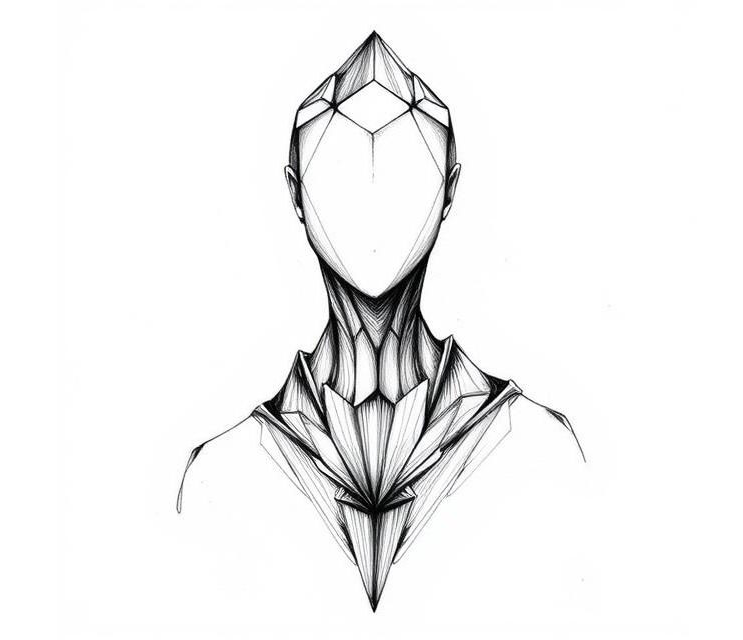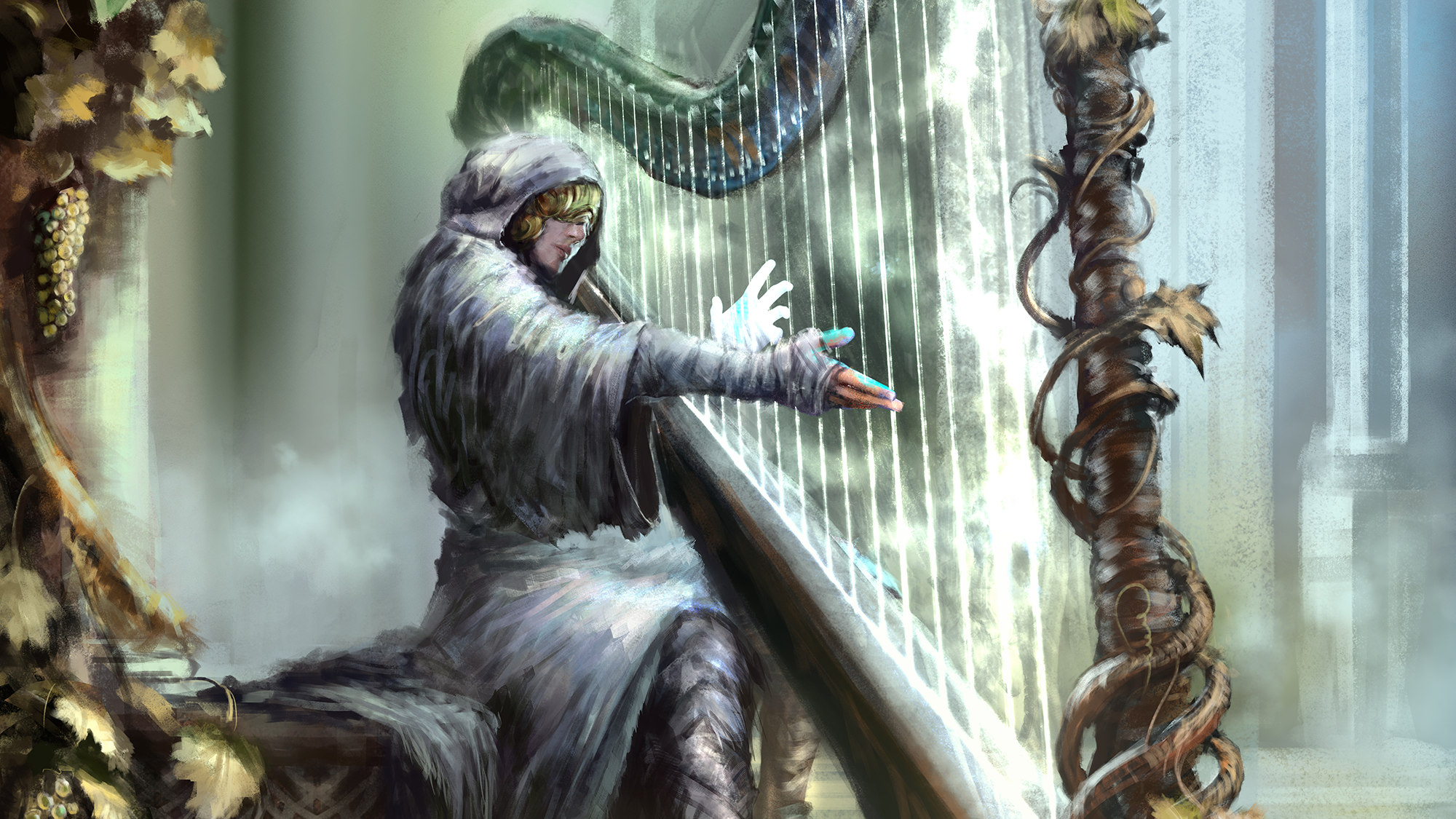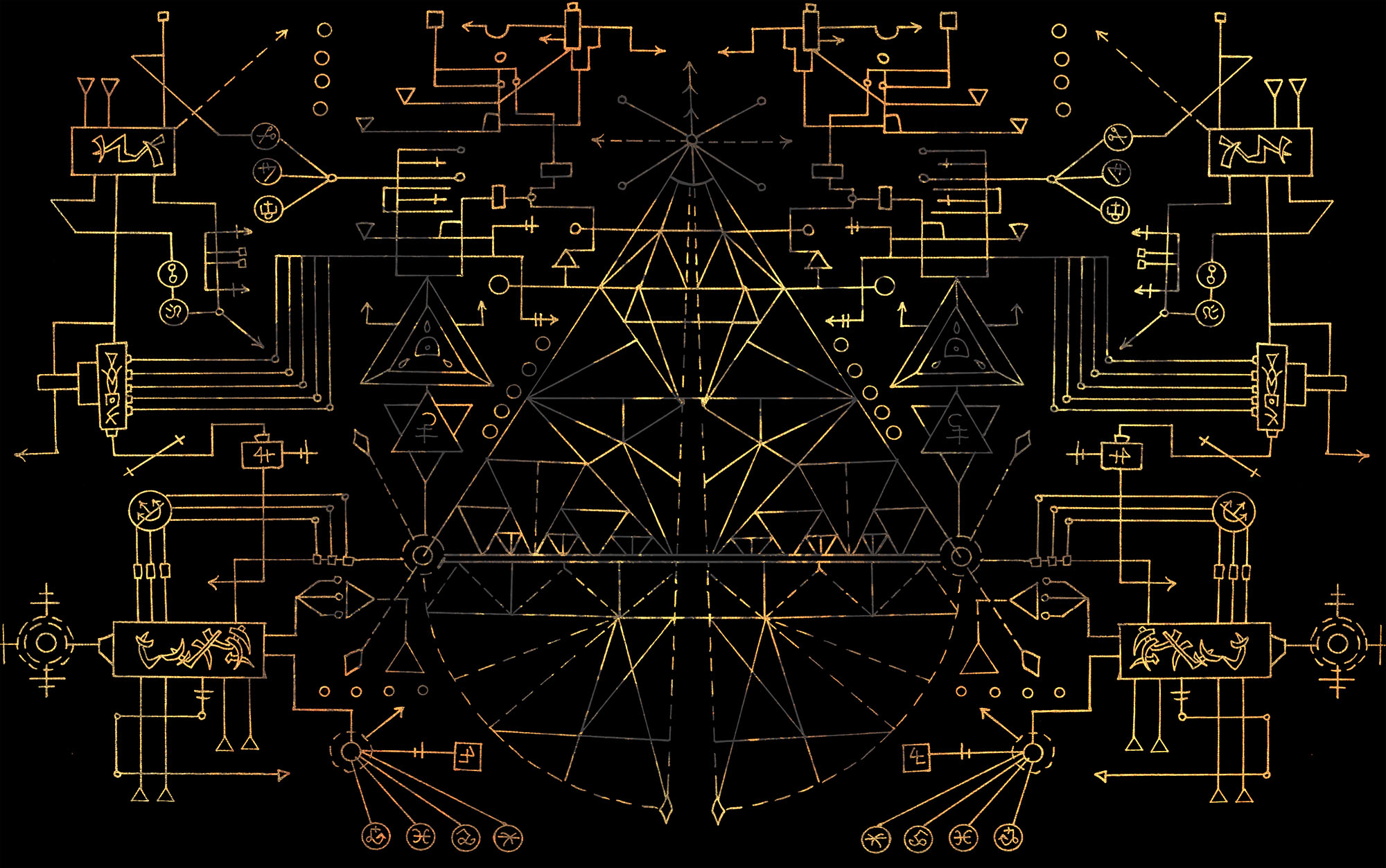
Back in 2007, I wrote D&D: Calibrating Your Expectations, an article which analyzed D&D 3rd Edition’s mechanics with a particular eye towards what characters of various levels were truly capable of.
(The short version: If you think Conan or Aragorn are 20th level D&D characters, then you’ll be disappointed and frustrated because 20th level D&D characters can routinely perform superheroic feats far beyond what Conan or Aragorn should be capable of. To avoid that dissonance, you need to either embrace the awesomeness of high level play, cap your campaign at a lower level, or find an alternative solution for dialing in your personal sweet spot.)
A few years later, I wrote a similar article called Numenera: Calibrating Your Expectations, which did a similar breakdown for Monte Cook’s Numenera (and, by extension, the Cypher System).
These articles were fairly popular, and it’s perhaps unsurprising that I’m frequently asked to update my original article for D&D 5th Edition.
The reason that article has never been written is that, when you sit down and try to calibrate D&D 5th Edition, you’ll quickly realize that there’s nothing to calibrate: The D&D 5th Edition skill system, in particular, is a very shallow and hollow mechanic that is, at best, running on vibes.
The first thing I typically do when attempting to calibrate a system is to look at how a character’s action check results correlate to the real world. But the DCs in D&D 5th Edition aren’t pegged to anything in the real world: Walking across a balance beam could be DC 0, DC 5, DC 20, or DC 30. And the same could be true of running across the treetops while balancing on the leaves.
The next thing I’d do is compare the performance of skilled and unskilled characters. Particularly interesting values here include what characters consider routine (i.e., tasks they can automatically succeed at no matter what they roll on the dice) and also what tasks a skilled character can potentially achieve that an unskilled character cannot.
In D&D 5th Edition, however, skill proficiency bonuses are so tiny compared to both the range of the d20 roll and ability score bonuses that there’s no meaningful information to be gleaned. It’s quite likely, for example, that an unskilled character will actually have a higher bonus on a skill check than a character proficient in that skill, particularly at low levels.
This is, of course, intentional. For reasons I’ve previously discussed, D&D 5th Edition embraced the concept of “bounded accuracy.” The best way to think of bounded accuracy in this context is that everybody is basically equally skilled at pretty much everything, and stuff like natural ability and proficiency only indicate slight differences between characters. (It’s the difference between two people who went to the same university, got the same degree, and both graduated in the top 25% of the class, rather than the difference between a PhD in a subject and the average layperson.)
Bounded accuracy also pretty severely curtails the useful insights that can be gleaned from comparing characters of different levels. The differences between 1st and 10th and 20th level characters can be quite minute.
Oddly, though, D&D 5th Edition features a handful of class abilities which hilariously break bounded accuracy in ways which are almost absurd compared to the otherwise tiny differences in the system. I refer to these as Fuck Bounded Accuracy abilities, and these FBAs simply obliterate whatever marginal insight calibration might otherwise reveal.
So all you can really do is arbitrarily peg X to a DC, where X is some given task. But if you try to relate that back to a calibration question like, “What is a skilled vs. unskilled character capable of?” you’ll just end up frustrated because the system, again, doesn’t really distinguish one from the other.
CALIBRATING 5th EDITION
If you kind of flip this around, however, the formlessness of D&D 5th Edition offers you the opportunity to calibrate the system for yourself. In fact, it essentially demands this. Most DMs, however, only tackle this task blindly – groping in the dark and sort of arbitrarily throwing out DCs that “feel” right.
If you’d like to grasp this bull by the horns and instead make some conscious, deliberate choices about what you want the game to be, here’s what I would recommend.
First, define the maximum possible result you can imagine a 1st level PC ever achieving. Peg this as a DC 26 task. (Roughly speaking, this is a natural 20 (die roll) + 4 (ability score) + 2 proficiency bonus.)
Second, think about the minimum difficulty you would ever even remotely consider making a check for (and most of the time you probably wouldn’t). Peg that to DC 5.
Third, provide a spectrum of results between your DC 5 and DC 26 tasks. Keep in mind that at DC 17+ it’s technically possible to have a 1st level character who can NEVER accomplish those tasks. (If they were non-proficient and had a -4 ability score penalty.) DC 21, which is a task an average person could never achieve, is another useful benchmark to keep in mind.
Fourth, ask yourself what the most amazing thing you could ever imagine any PC doing at the highest levels of your campaign. Peg that at DC 36, then add spectrum values at DC 28 and DC 32 to bridge the gap.
Note that the tasks you assign to these DCs are entirely arbitrary, and will have a huge impact on the feel of your campaign.
For example, consider the ability to run across the top of the forest canopy like a character of Crouching Tiger, Hidden Dragon. This could just as easily be:
- Impossible
- DC 36 (most amazing thing you’ll ever see)
- DC 26 (a 1st level character can technically do it!)
- DC 18 (actually, it’s something everyone in Naruto can do)
Of course, if canopy running is DC 18 in your campaign, then you’ll need to figure out a DC 36 which is even more awesome than that. (Maybe being able to walk on clouds?)
Once you’ve calibrated your DCs, you need to accept that the FBAs will routinely allow PCs to punch way above the “intended” thresholds you’ve set. Consider this a feature, not a bug. Magic is awesome and the function of an FBA is to say, “Holy shit! Look at that guy!”
Finally, whatever you’ve set as your DC 36 touchstone is the cap. There’s nothing beyond that. If a player can string together some crazy string of bonuses and a natural 20 to roll a 52, that’s great. But the result will be no different than if they’d rolled a 36. They’ve reached maximum human potential, or however else you want to think of this. (This is necessary because the system’s issues – skill bonuses barely mattering; FBA abilities; etc. – make it impossible to calculate a coherent mathematical cap.)















